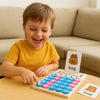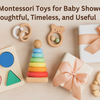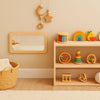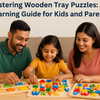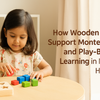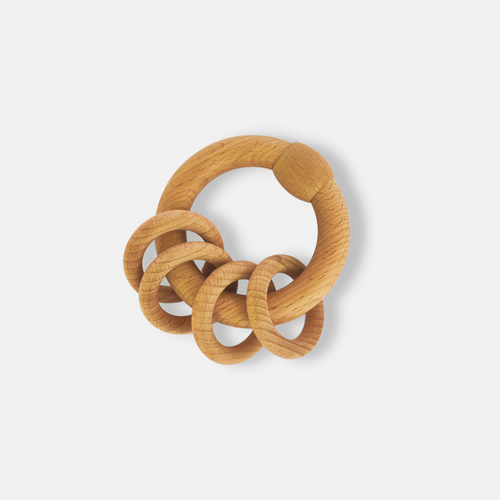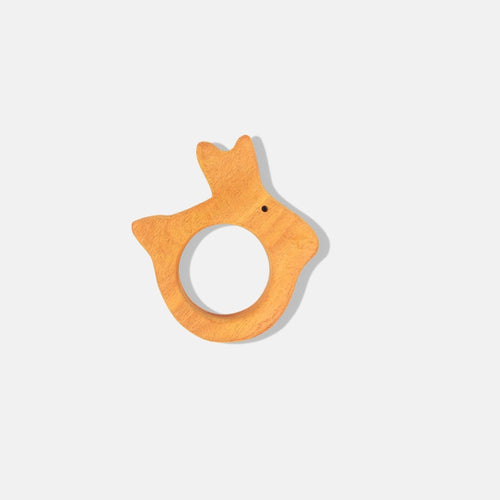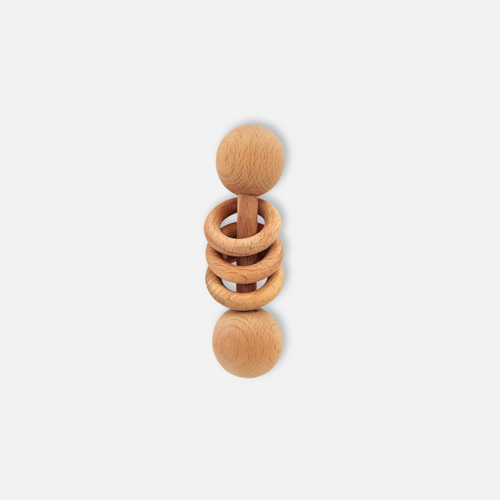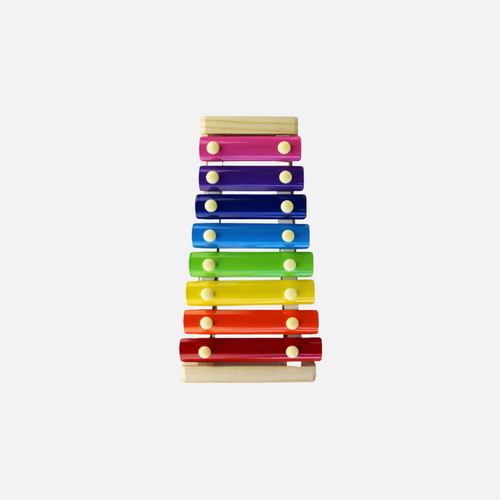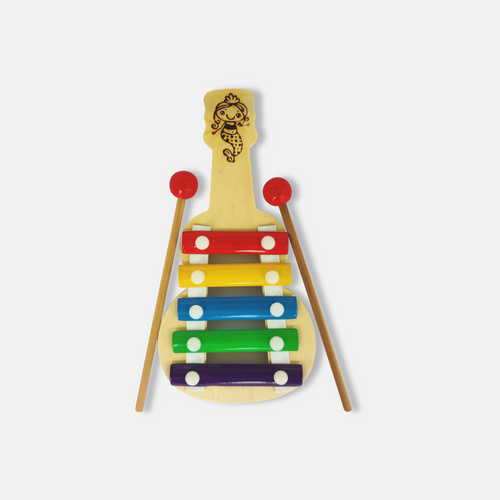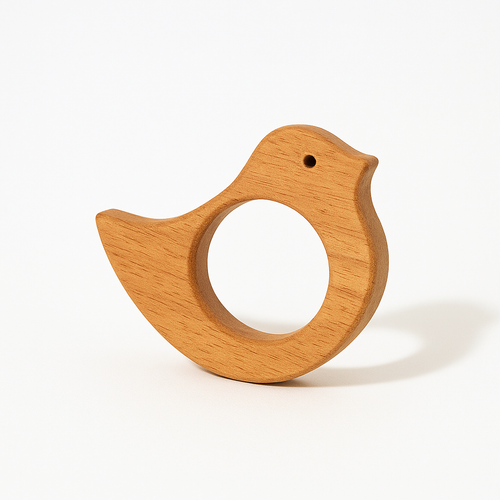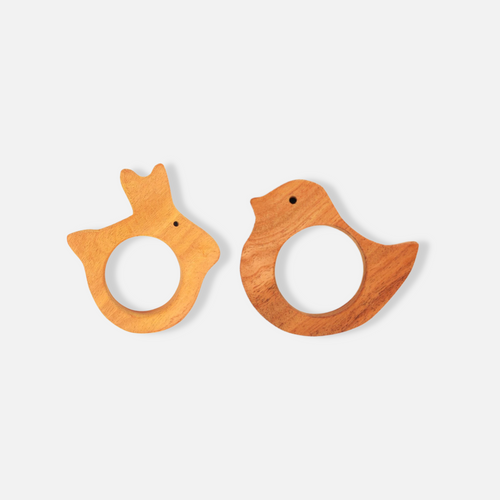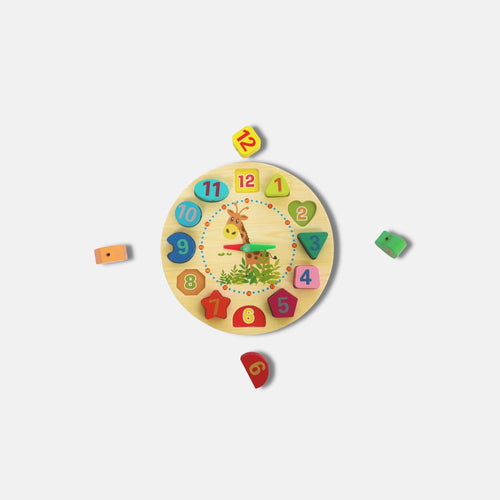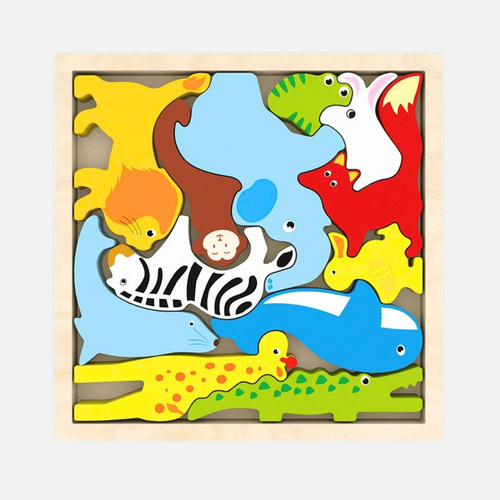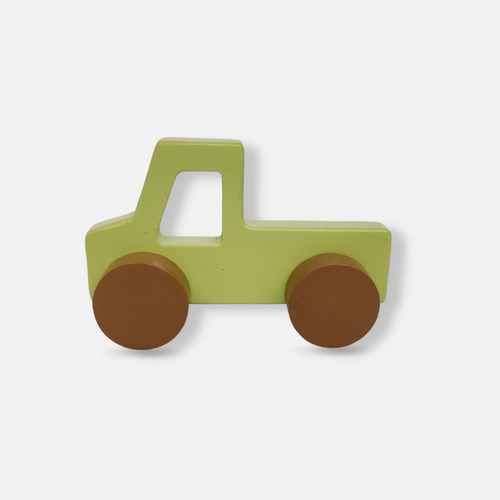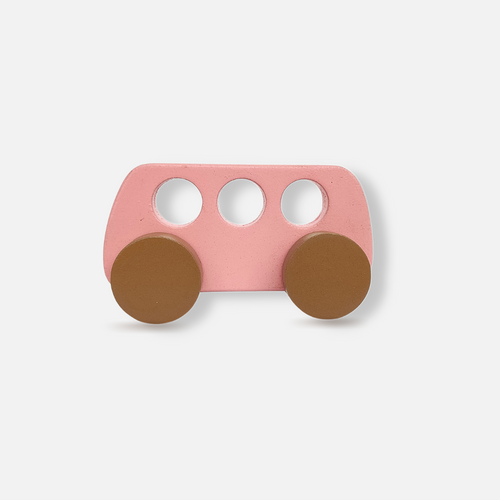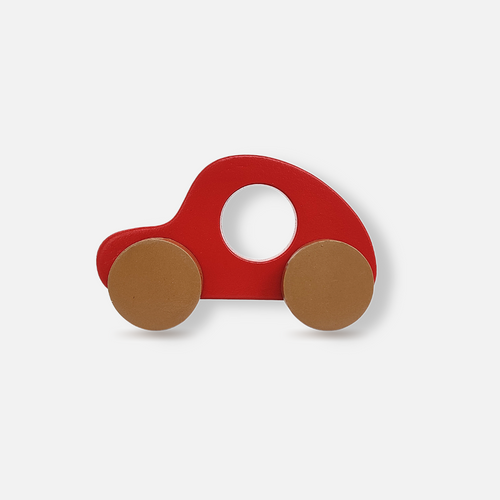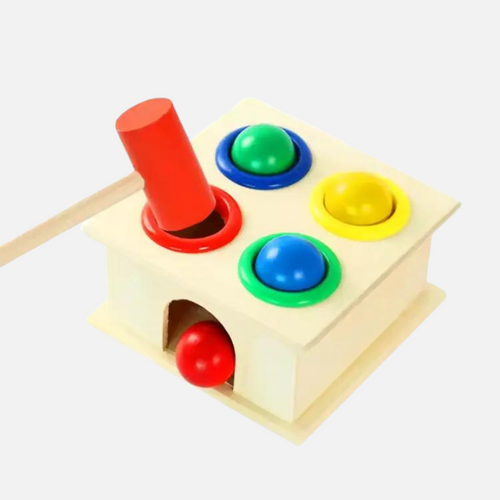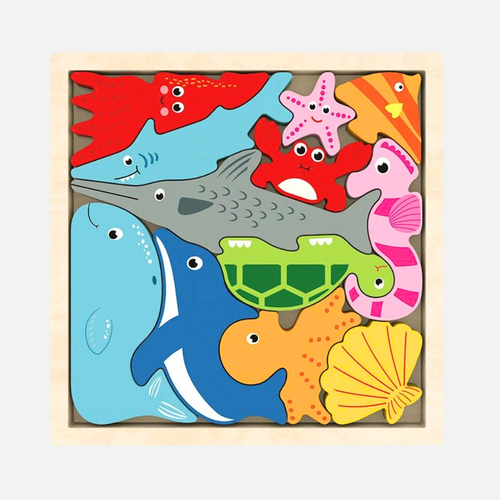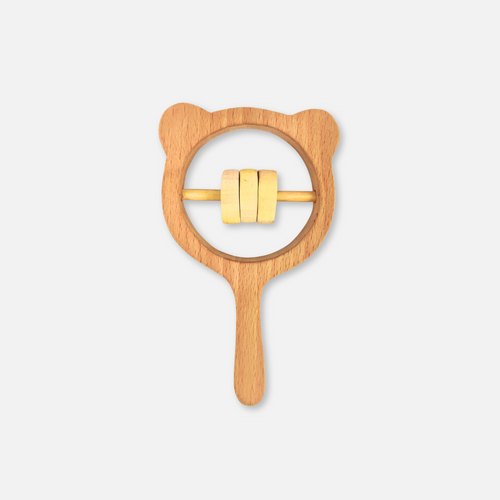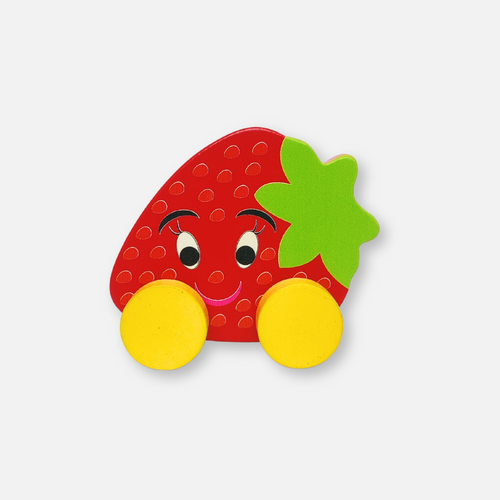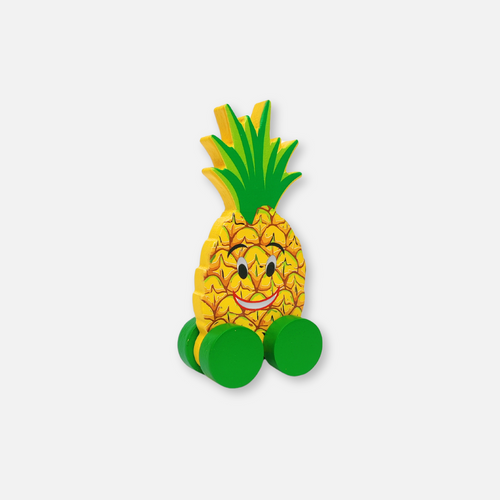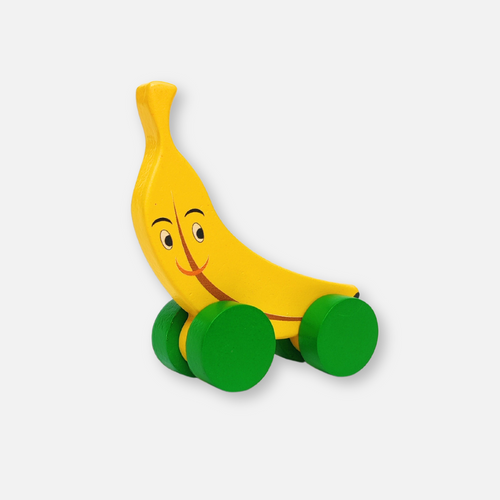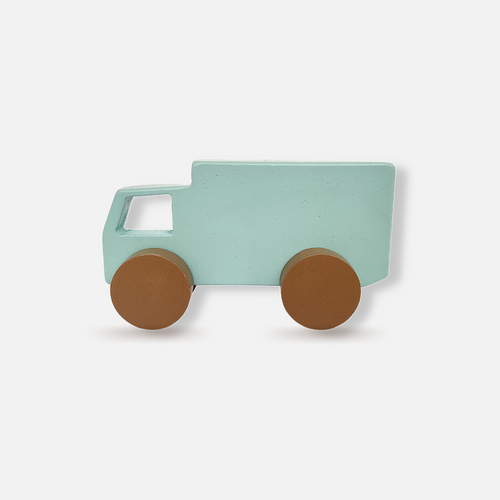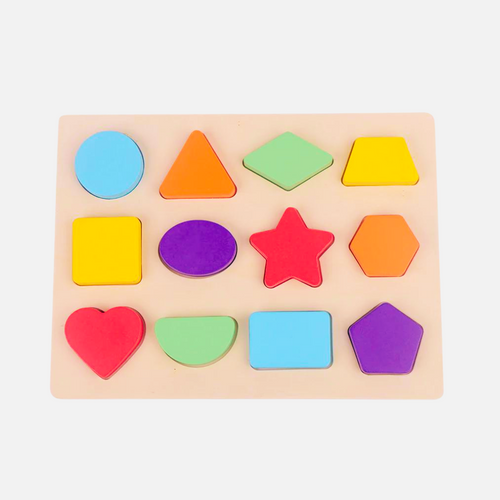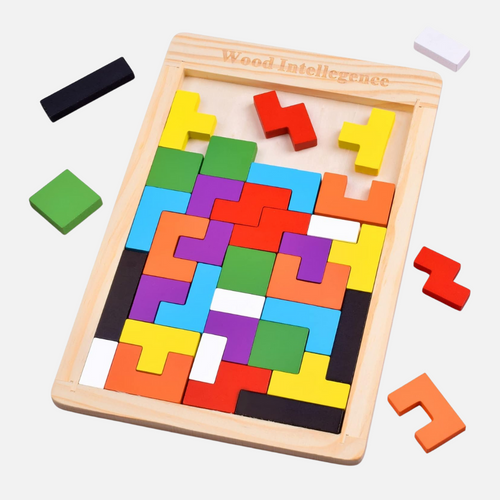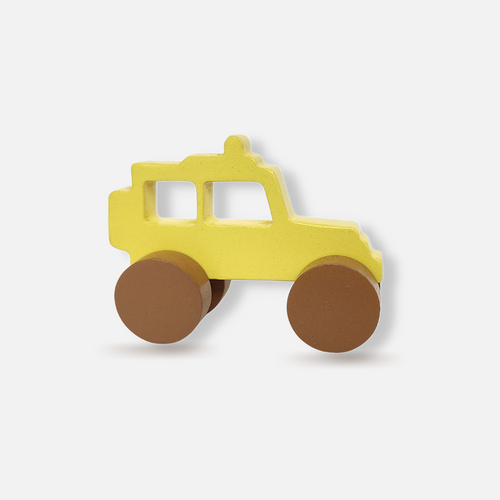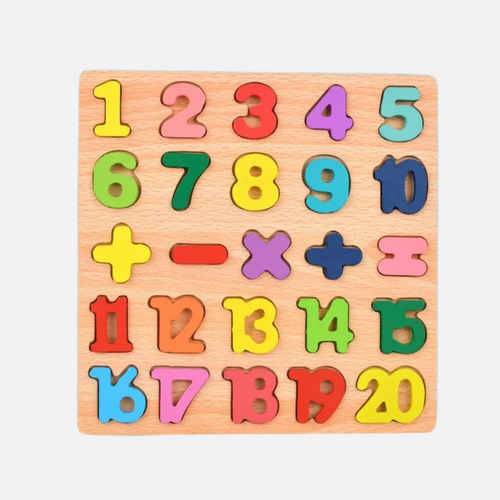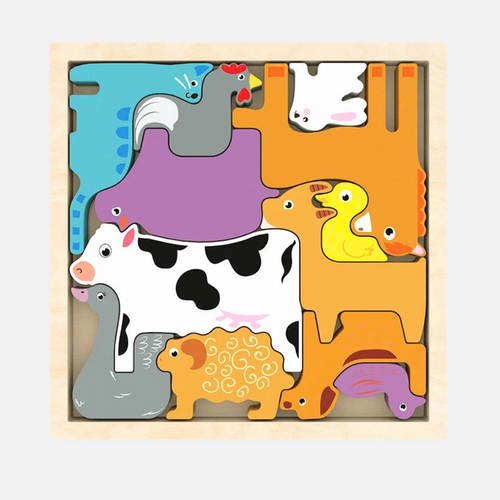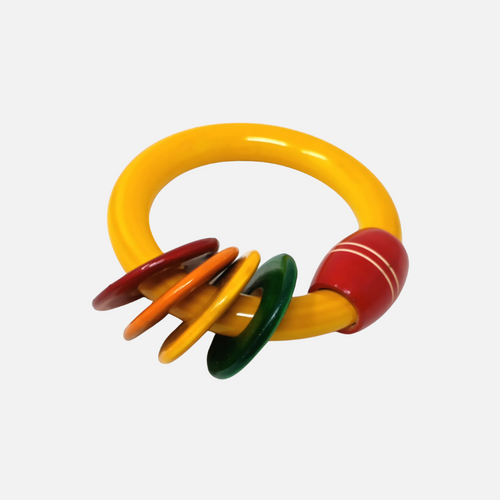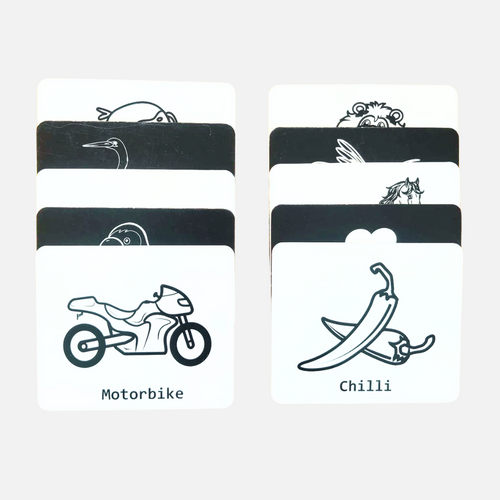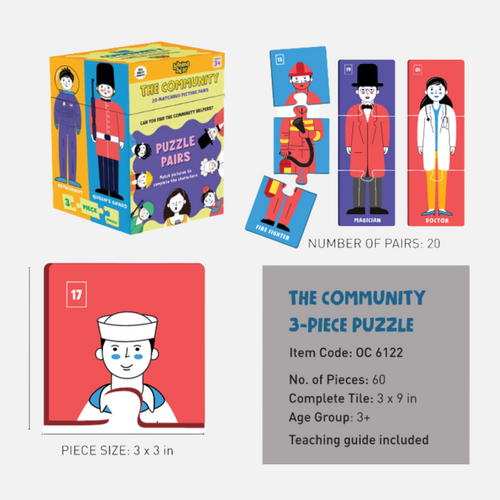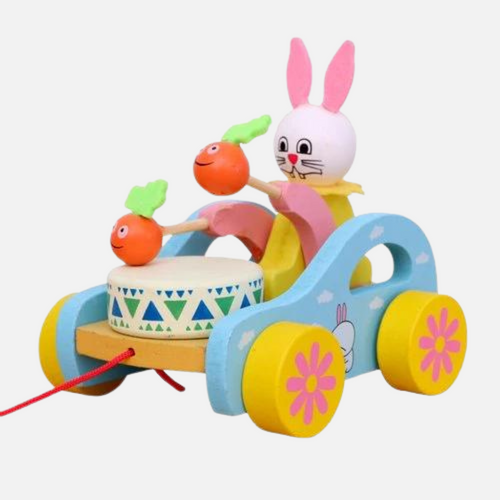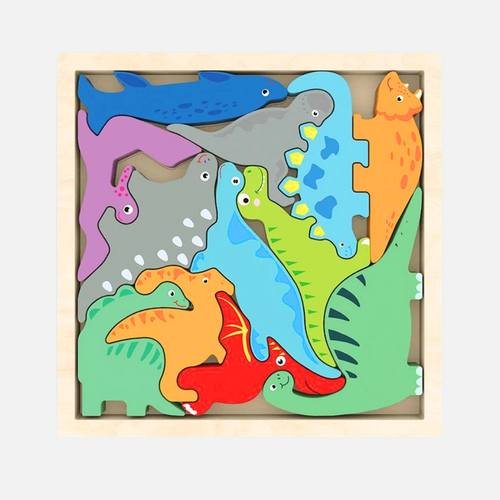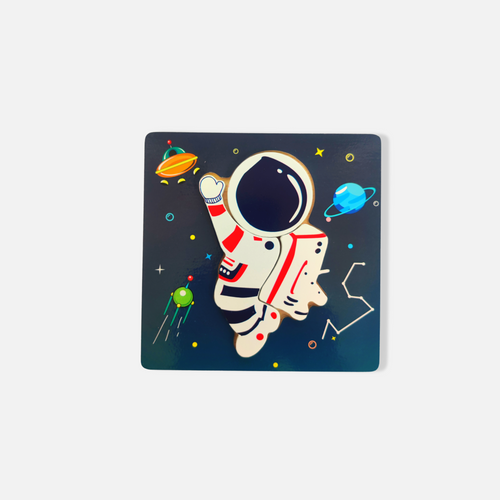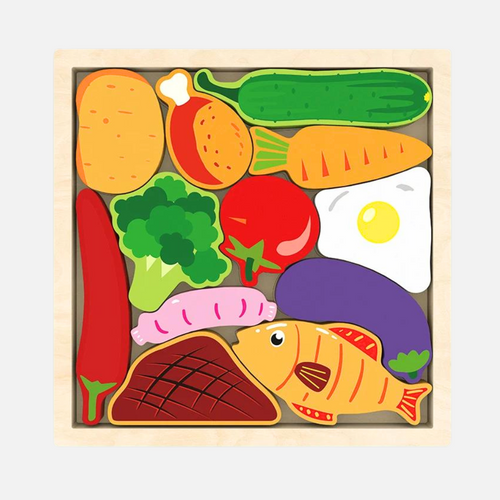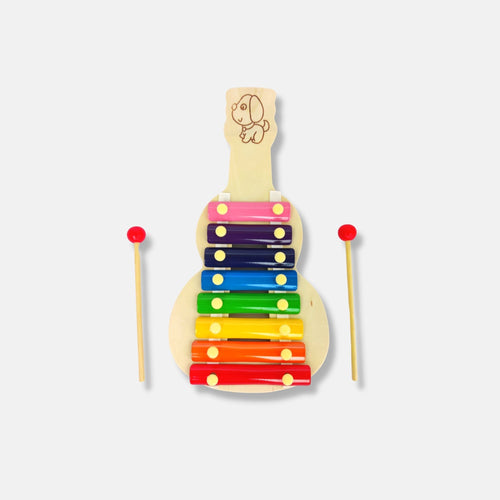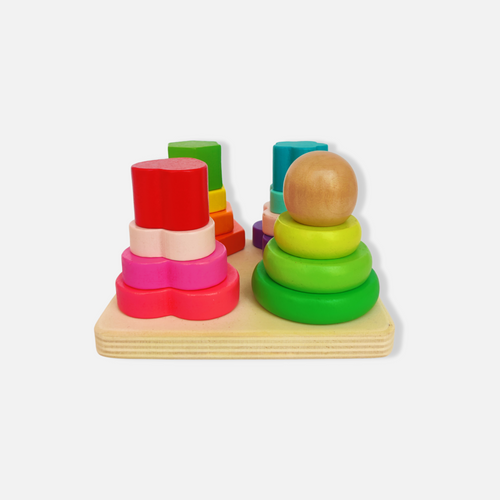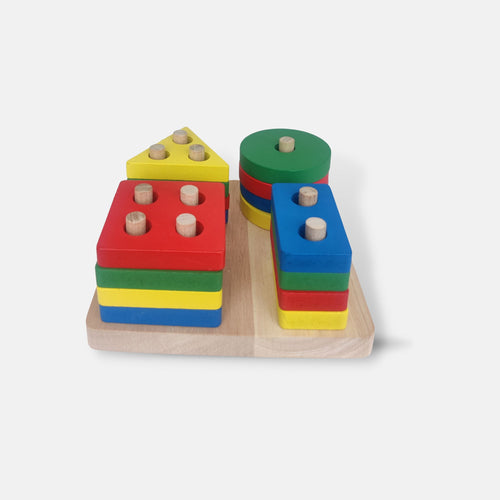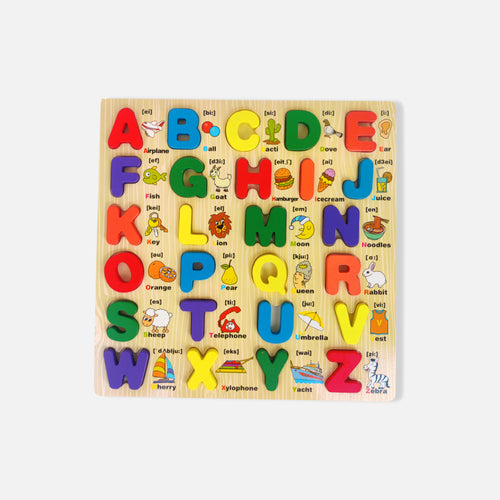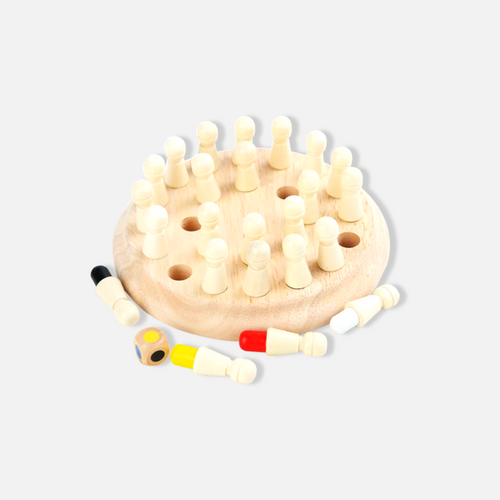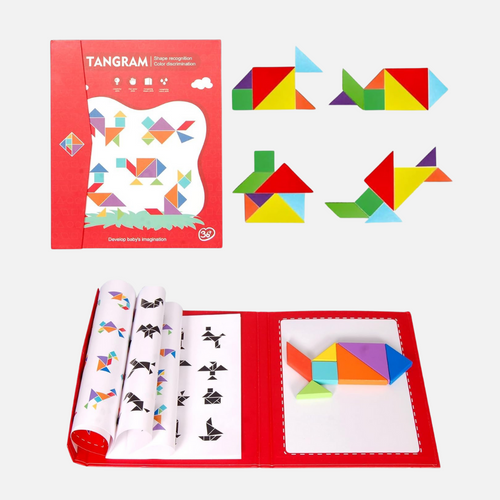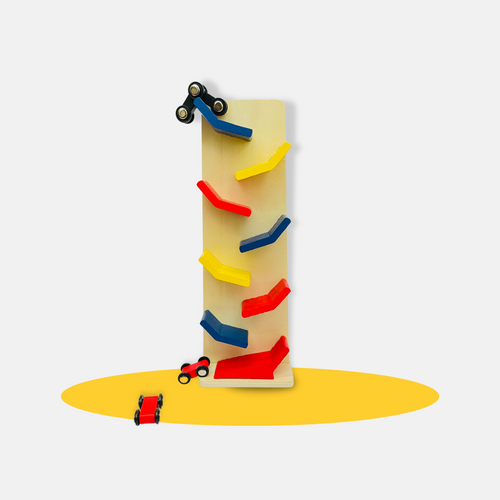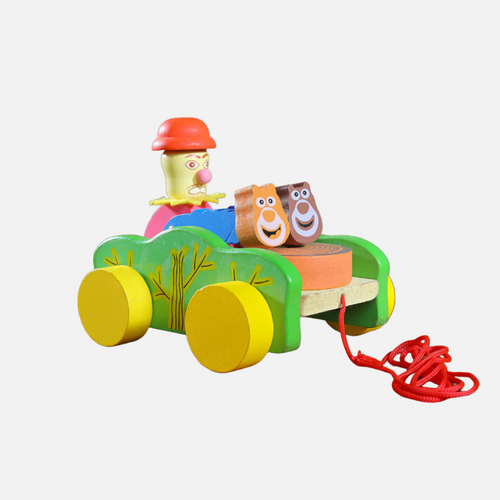Sensory Corners: How to Build a Montessori-Inspired Space for Your Baby

Creating a sensory corner in your baby’s room isn’t just about aesthetics—it’s a meaningful way to support their development. Rooted in Montessori principles, sensory spaces help babies explore the world through touch, sound, sight, and movement. If you're looking to set up a calming, engaging, and developmentally appropriate space for your little one, this guide is here to help.
Let’s walk through how you can create a Montessori-inspired sensory corner that’s safe, simple, and full of learning opportunities.
What Is a Sensory Corner?
A sensory corner is a small, dedicated area in your home where your baby can safely explore and interact with materials that stimulate their senses. It’s not about flashy toys or cluttered bins—it’s about intentional, hands-on learning using objects that engage their sight, sound, touch, and movement.
Montessori-inspired sensory spaces focus on:
- Natural materials (like wood, cotton, wool)
- Simplicity and order
- Real-life experiences
- Independent exploration
Why Is a Sensory Corner Important for Babies?
Babies learn best through their senses. In fact, sensory play supports:
- Cognitive growth (learning through discovery)
- Motor skill development
- Language acquisition
- Emotional regulation
- Independent thinking
Montessori spaces nurture this exploration in a structured yet flexible environment.
Essentials for a Montessori-Inspired Sensory Corner
Here’s what to include when building your sensory space:
1. Soft, Safe Floor Space
Lay down a neutral-colored rug or padded mat for safety and comfort. It gives your baby room to move, crawl, or lie down while engaging with materials.
2. Low-Open Shelves
Use a small wooden shelf (like a Montessori-style shelf) to display 4–6 toys at baby’s eye level. Rotate toys every week to maintain interest.
3. Natural Wooden Toys
Choose toys that are:
- Made from wood or other natural materials
- Simple in design
- Focused on one skill at a time
Examples:
- Wooden rattles
- Rolling peg toys
- Sensory balls
- Wooden stacking rings
Pro Tip: Explore Erenjoy’s collection of wooden Montessori toys for baby-safe, eco-conscious options.
4. Mirrors at Baby’s Level
A baby-safe mirror helps with self-awareness and movement observation. It’s also a great visual stimulation tool.
5. Texture Baskets
Create a small basket with objects made of different textures:
- Cotton cloth
- Wooden blocks
- Silk scarves
- Loofah or sponge
- Metal spoon (cool to the touch!)
Let your baby explore under your supervision to discover how each feels, looks, or sounds.
6. Visual and Auditory Stimuli
Hang soft, simple cot-hanging toys or gentle wind chimes nearby. Choose muted colors or black-and-white patterns for younger babies.
Setting It Up: Step-by-Step
Here’s how to set up your sensory corner from scratch:
- Choose a Quiet Corner – Pick a low-traffic, distraction-free area in your home.
- Keep It Low and Accessible – Everything should be within your baby’s reach.
- Limit to a Few Items – Less is more. Offer a few open-ended toys rather than a cluttered space.
- Rotate Materials Regularly – Switch out toys every 7–10 days to keep things fresh.
- Observe and Adapt – Watch what your baby enjoys and add similar sensory items over time.
Bonus Tips for a Calming Montessori Sensory Corner
- Add a cozy basket with books: Choose fabric or wooden books with large images and textures.
- Play soft music: Classical, nature sounds, or lullabies enhance the sensory experience.
- Keep lighting soft: Natural sunlight or a warm lamp is ideal for a peaceful vibe.
Final Thoughts: Keep It Simple and Intentional
Creating a Montessori-inspired sensory corner is less about buying things and more about offering your child the freedom to explore safely and meaningfully. Whether it’s through a wooden rattle, a soft scarf, or a low mirror, each item you include is an invitation to learn.
You’re not just setting up a corner—you’re building a foundation for independent play, sensory growth, and joyful discovery.
FAQs
Q 1: Is a sensory corner only for babies?
A 1: Not at all! You can adapt it for toddlers and preschoolers with age-appropriate materials like puzzles, instruments, or art supplies.
Q 2: Can I use what I already have at home?
A 2: Absolutely. Everyday items like scarves, wooden spoons, and soft brushes work well. The key is offering a variety of safe textures and experiences.
Q 3: How much space do I need?
A 3: Even a 3x3-foot corner is enough! Focus on thoughtful materials, not space size.

